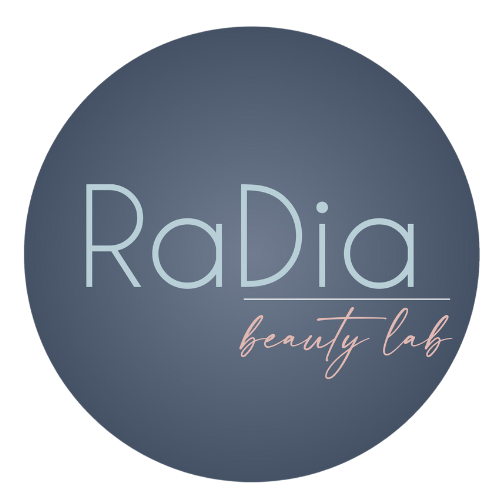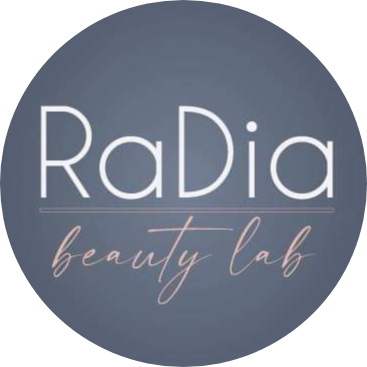PRF vs PRP: Which One Is Superior?
It’s a commonly asked question in the field of beauty and more specifically, as it relates to the topic of accelerated soft and hard tissue healing boosters.
There are currently many initiatives in place to determine the specific bioactive additives that are designed to heal your wounds, maintain levels of inflammation, and enhance the regenerative functions for soft and hard tissues.
Some of the most common techniques are PRP and PRF. In order to understand which platelet is superior, it’s important to distinguish the strengths and differences between the two, that way consumers can make informed decisions when it comes to skin treatment routines.
PRP & Its Functionality
PRP or Platelet-rich plasma is a first generation platelet concentrate that is designed to speed up the process of tissue repair.
It comes in gel form and is highly concentrated with autologous platelets that have been suspended in plasma, after the process of centrifugation has been completed.
Functionality Of PRF
PRF or Platelet Rich Fibrin is more of a modern concentration of platelets. It is created without the use of biochemical manipulation of the blood.
This technique does not need the supplementation or assistance from a gelling agent to be effective.
Due to this feature, it makes it an easy to use product for skin treatment routines. There is little room for error when this treatment is in the stages of preparation. The blood is instantly centrifuged.
Next, the fibrinogen is concentrated in the upper part of the tubing and when it makes contact with the thrombin, it is then converted into fibrin. Lastly, the platelets are kept within meshes of fibrin.
PRF Is The Superior Plan For Skin Treatment
The utilization of both products requires blood to be drawn from the patient. PRP needs more blood drawn than PRF, and both products require the entire sample of blood to be placed within a centrifuge where the blood is processed and then separated into different layers.
PRP is spun at a higher speed while PRF is spun at lower speeds. PRF also has the ability to stimulate osteogenesis in the bone environment in addition to angiogenesis.
When it comes down to it, PRF is reliable because it yields more sustainable and consistent results.
The advantages come down to the autologous properties, the simple collections, hassle-free preparation, and simplified clinical approach that don’t involve incurring risk like those associated with products derived from animals.
The evidence is sustainable. PRF is better equipped to streamline the process of soft & hard tissue healing.
PRF Treatment in Davie FL
If you’re looking to get comprehensive PRF solutions, Radia Beauty Lab provides the solutions you are coveting.
While this article was meant to discern PRF vs PRP in a brief, compact manner, you can get a fully informed educational experience from the team at Radia Beauty Labs.
If you’re interested in learning more about our treatment solutions & plans, you can visit our website to schedule a consultation to see what can be done to help you achieve your goals.

